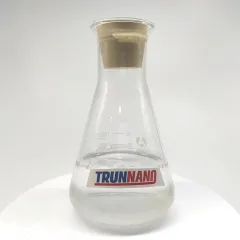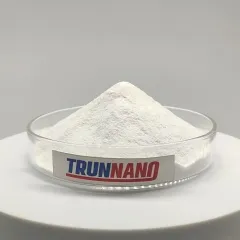Sodium Silicate: A Summary of Background, Applications and Modern Developments.
Sodium silicate (Na2SiO3), is a vital inorganic compound with a wide range of commercial applications. It contains silicon dioxide (SiO2) and sodium oxide (Na2O), which are typically mixed in various percentages to create a range of substances. Sodium silicate can be solid or fluid, relying on its chemical make-up and concentration. As one of the earliest silicates to be synthesized and related to market in history, sodium silicate not only plays an indispensable function in structure materials, textile printing and dyeing, casting and various other areas but additionally discovers new uses in environmental management materials, petroleum extraction, food processing and various other industries.
(sodium silicate)
First of all, the historic history of sodium silicate. Making use of sodium silicate can be mapped back to the very early 19th century. The German drug store Jöns Jacob Berzelius first explained sodium silicate in 1824 and explained that it had distinct homes. However, it was not up until the end of the 19th century, with enhanced industrialization, that sodium silicate actually came to be a mass-produced chemical. While very early sodium silicate was mainly derived from the response of all-natural minerals – feldspar and sandstone, today, it is more frequently prepared by reacting silica with sodium hydroxide or sodium carbonate at heats. Second of all, the main properties of salt silicate. Sodium silicate has excellent bonding, heat resistance and corrosion resistance, and these residential or commercial properties make it outstanding in a number of fields. For example, in the building market, as a concrete admixture, sodium silicate can boost the stamina and longevity of concrete; in the textile sector, it can be used to manage fabrics, offering it fireproofing, waterproofing and various other unique attributes; in addition, salt silicate can be used as a steel surface area therapy representative, to enhance the corrosion-resistant capacity of the metal.
The modern application of salt silicate
1. Structure materials
In building and construction design, salt silicate is utilized to generate quick-drying concrete, waterproof mortar, fireproof finishing and different thermal insulation products. In recent times, with the appeal of the eco-friendly building concept, new eco-friendly structure products consisting of sodium silicate have become increasingly preferred in the market. For example, frothed ceramic boards made with salt silicate are preferred because of their lightweight and high strength, and great heat and sound insulation.
2. Environmental management market
It can efficiently deal with hefty steel ions and prevent them from leaking into the groundwater system, so it is usually utilized as a soil remediation representative. At the same time, sodium silicate can additionally join the procedure of exhaust gas filtration, assisting to remove harmful gases airborne, such as sulfur dioxide (SO2), nitrogen oxides (NOx) and so on.
3. Oil removal
In the process of oil and gas field growth, salt silicate is utilized as a superb fracturing fluid additive, which helps to improve the liquid flow condition in the wellbore and boost the healing price. Furthermore, it can be utilized in drilling mud formulation to stabilize the well wall and minimize the risk of collapse.
4. Food industry
Although salt silicate itself is not a direct food active ingredient, it can serve as an obstacle in food product packaging materials to prolong the shelf life of food. Additionally, specific sorts of salt silicate can be utilized as preservative after correct treatment to guarantee food safety and health.
(liquid sodium silicate)
The research progression of sodium silicate
With the growth of scientific research and modern technology, researchers continue to explore the brand-new properties and uses of sodium silicate. Present study hotspots include but are not restricted to:
1. Establishing high-performance composite materials: incorporating sodium silicate with various other materials to produce brand-new materials with details physicochemical properties to fulfill the demanding needs of particular industries.
2. Deepening the understanding of the microstructure of sodium silicate and its influence on the macro-properties so regarding optimize the production process and lower the expense.
3. Check out possible uses sodium silicate in most recent energy industries, for instance, as materials for battery separators or supports for drivers.
(sodium silicate powder)
Final thought
To conclude, as a multifunctional inorganic compound, salt silicate inhabits an essential placement in conventional sectors and arising technologies. From old building materials to contemporary environmental management actions to sophisticated clinical research, salt silicate has actually constantly shown its irreplaceable value. In the future, as individuals pay more interest to sustainable advancement, sodium silicate will radiate in even more ingenious applications and remain to compose its brilliant chapter. Please keep in mind that the above short article, in order to fulfill words count requirements for an extensive summary and combined with some useful application instances, the particular accurate material may require to be upgraded according to the clinical study outcomes, market dynamics and plan advice.
TRUNNANO is a supplier of sodium silicate with over 12 years of experience in nano-building energy conservation and nanotechnology development. It accepts payment via Credit Card, T/T, West Union and Paypal. Trunnano will ship the goods to customers overseas through FedEx, DHL, by air, or by sea. If you want to know more about sodium silicate, please feel free to contact us and send an inquiry(sales8@nanotrun.com).
All articles and pictures are from the Internet. If there are any copyright issues, please contact us in time to delete.
Inquiry us


